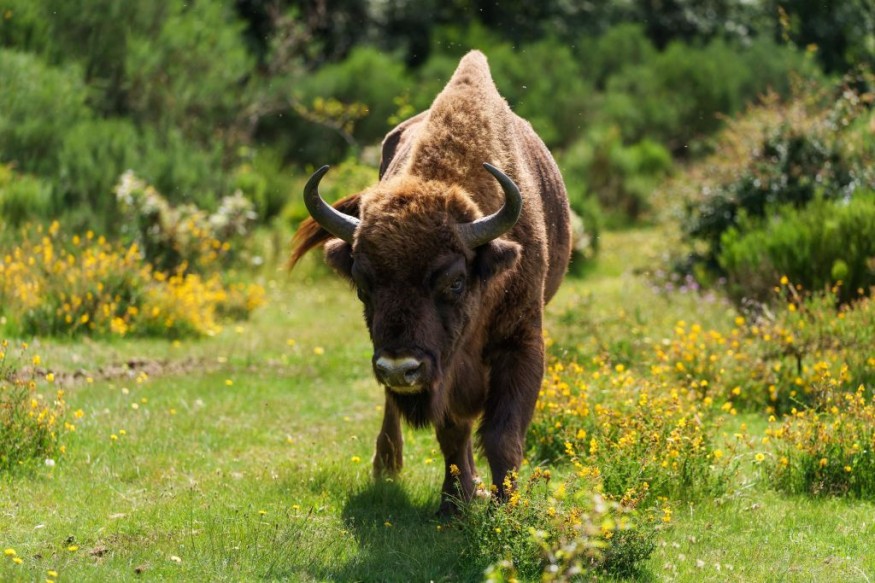For the first time in 37 years, a worker in a wildlife sanctuary in Thailand has captured an endangered bison. Video footage taken at the Salawin Wildlife Sanctuary in northern Thailand in early October showed bison wandering around in the dark. The bison species was last observed by sanctuary officials in 1986.
Captured Bison

Salawin Wildlife Sanctuary's chief Arkhom Boonnontae disclosed that the sanctuary's employees, along with Smart Patrol members, had been setting up video cameras to monitor the distribution of wildlife in the area on a regular basis.
He said that they selected areas "where wildlife tracks were abundant or where different types of wildlife were reported to have been seen in the area." The sanctuary is an important place in terms of ecology and biodiversity for the border forest between Thailand and Myanmar.
It was discovered that bison tracks had been seen in the region annually based on comments from locals and employees at the point where the photo was taken.
Small herds of bison, ranging in size from one to three, are commonly observed roaming the border forest that separates the Salawin Wildlife Sanctuary, Mae Yuam Wildlife Sanctuary, and Myanmar in search of food.
However, Arkhom stated that the officials were unable to determine if the tracks were those of a bison or livestock due to the lack of information they had other than word-of-mouth and footprints.
Although workers and locals said that bison had been using the area for many years, he said it was hard to verify their presence without photographic proof.
Positive Sign
The bison's discovery at Salawin Wildlife Sanctuary is a positive sign for the species' survival in Thailand.
According to Arkhom, it implies that there might be a little number of bison remaining in the sanctuary and that the habitat is suitable for their needs.
He assured that the workers at the sanctuary are keeping an eye on the region to gather more information about the bison population and to create conservation plans to keep them safe.
Originally from South and Southeast Asia, the Bos Gaurus, also known as Gaur, is categorized as vulnerable on the International Union for Conservation of Nature conservation red list since 1986.
The population of Thailand's endangered species began to decline as more and more of its habitat was lost.
Poaching for the purpose of trophy hunting and the commercial trade in meat puts the bisons in danger.
A bison is considered as the biggest land mammal in North America and can reach heights of six feet. A female can weigh up to 900 pounds, whereas a man can weigh up to a ton.
This species can be recognized by several distinctive characteristics in addition to their enormous size. The hump on their backs is one of the most prominent features of a bison, according to experts.
A bison's head is enormous and it also has a substantial skull. When fighting, bison collide their heads or horns. The small, curving, black horns on male and female bison can reach a length of two feet.
Related Article : Bison: National Mammal, Says Senate
© 2026 NatureWorldNews.com All rights reserved. Do not reproduce without permission.





